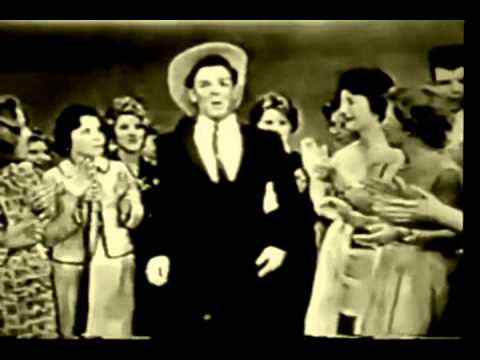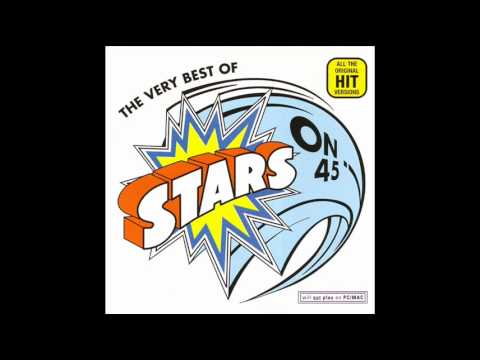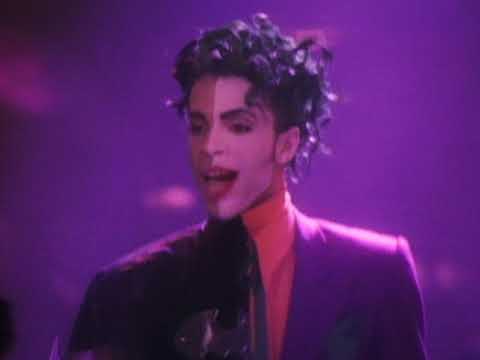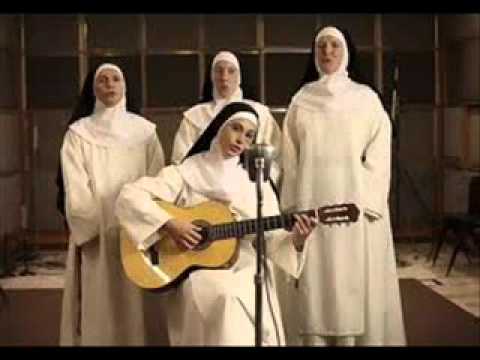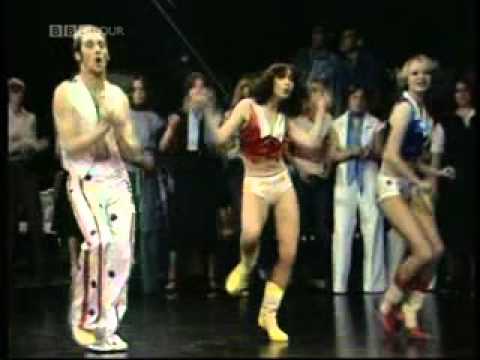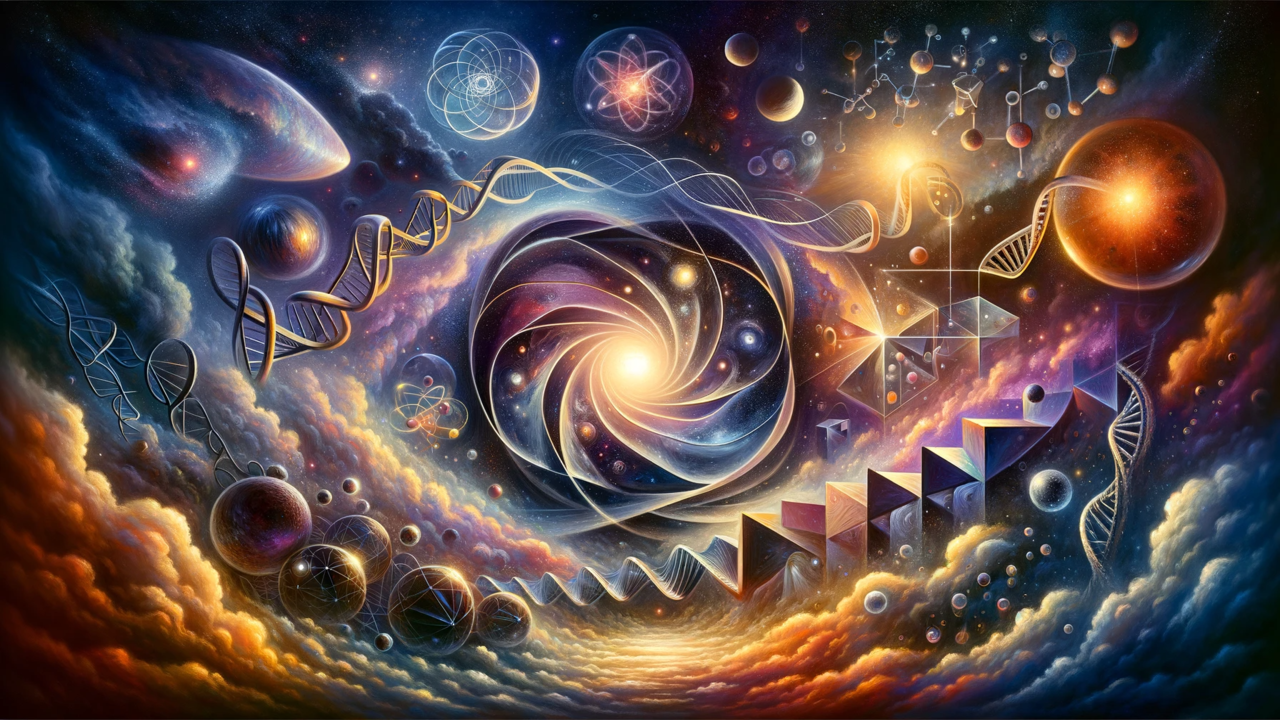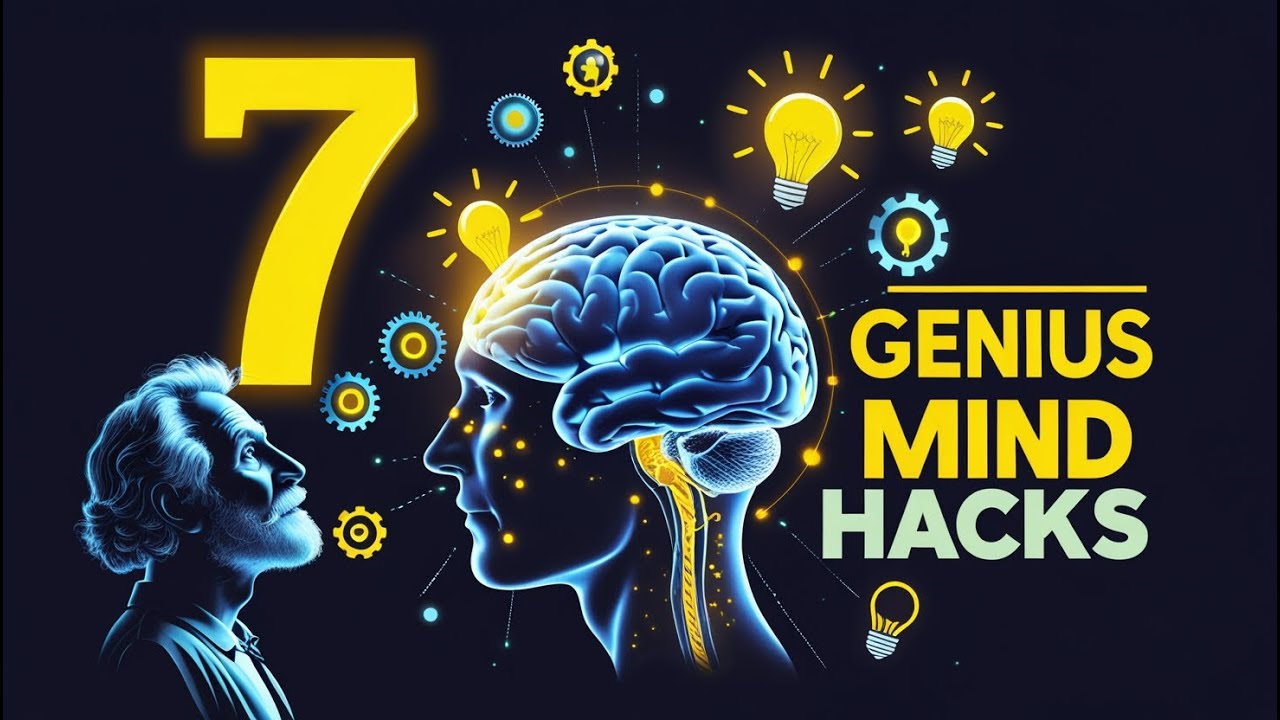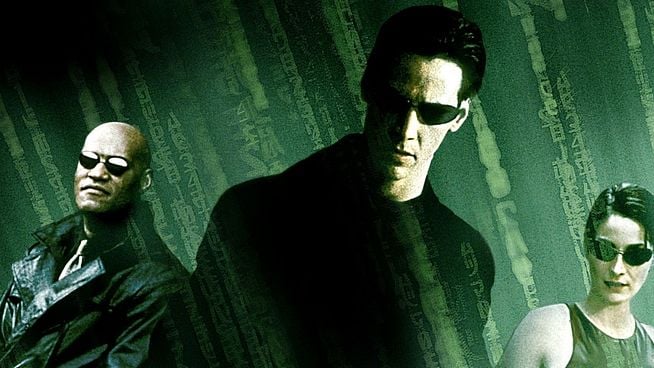Billboard’s Hot 100 is the chart every musician chasing success wants to see their name on. Thanks to the United States being the largest music market in the world, the Hot 100—which was launched in 1958—has become a marker of a song’s sweeping popularity.
There are many beloved bands and artists that have (at least so far) surprisingly never managed to score a No. 1 on the Hot 100—including Led Zeppelin, Bruce Springsteen, AC/DC, and Bob Dylan. This list of musicians is all the more surprising when considering just how many downright bizarre songs have somehow managed to top the chart. Here are 10 of the strangest examples.
9 “Winchester Cathedral” by The New Vaudeville Band
At the end of 1966, a British music hall song—a genre popular during the Victorian period—somehow claimed the No. 1 spot on the Hot 100. “Winchester Cathedral” ended up spending three non-consecutive weeks at the top.
The New Vaudeville Band wasn’t a real band; the song was written by Geoff Stephens, who recorded it with session musicians. In an attempt to mimic the sound of a megaphone, John Carter sang the song through his hands. When the weird tune unexpectedly became a hit, Stephens formed a band—managed by Peter Grant, Led Zeppelin’s future manager—so that he could perform it live.
As well as having chart success, “Winchester Cathedral” also bafflingly won the Grammy for Best Contemporary Rock ‘n’ Roll Recording—beating out incredible songs such as “Good Vibrations” by The Beach Boys and “Eleanor Rigby” by The Beatles.[1]
9 “Harlem Shake” by Baauer
In February 2013, Billboard started counting YouTube views—alongside sales and radio play—to rank a song’s popularity, a move that led to “Harlem Shake” catapulting to the top of the Hot 100 and staying there for five weeks.
Baauer—real name Harry Bauer Rodrigues—had thrown the track together the previous May. He sampled parts of Plastic Little’s “Miller Time” and Hector Delgado’s “Los Terroristas” (2006), created an EDM beat, and added a bunch of effects, such as sirens and a lion’s roar. The song didn’t make an impact until early 2013 when it became a meme. Using just the first 30 seconds of the song, one person would dance, and then when the beat drops, everyone else chaotically joins in, often while wearing silly costumes.
Very few people actually listened to the song the whole way through (or knew that the song’s title referred to an actual dance), but the YouTube views on the viral videos led to it dominating the charts.[2]
8 “Mr. Custer” by Larry Verne
In October 1960, a particularly unpleasant novelty song grabbed hold of the No. 1 spot: “Mr. Custer.” The song is told from the POV of a cowardly soldier at the Battle of Little Bighorn in 1876, which is already a strange subject for a song. Not only is “Mr. Custer” filled with racist lyrics, but it’s also musically painful to listen to.
Performed by Larry Verne, he spends much of the song talking and mumbling, and when he does sing, it’s with a distinctly whiney twang. Not only was the song somehow popular enough to reach the No. 1 spot, but even more confusing is the fact that it beat Sam Cooke’s clearly superior “Chain Gang,” which had to make do with No. 2.[3]
<!– –>
7 “Love Theme from Romeo and Juliet” by Henry Mancini
It’s not unusual for songs from movies to hit the charts, but they’re rarely peaceful and romantic piano-heavy instrumentals. Franco Zeffirelli’s Romeo and Juliet (1968) was scored by Nino Rota, but it wasn’t his music that became a hit. Henry Mancini released his own arrangement, titled “Love Theme from Romeo and Juliet.” For whatever reason, the easy-listening tune took the charts by storm in the summer of 1969, managing to stay at No. 1 for two weeks.
Mancini’s track is a perfectly pleasant piece of music, but, surprisingly, it was popular enough to not only knock “Get Back” by The Beatles from the top spot but also to block Creedence Clearwater Revival’s “Bad Moon Rising” from the No. 1 spot.[4]
6 “My Ding-a-Ling” by Chuck Berry
Pioneer of rock ‘n’ roll Chuck Berry gave the world classics such as “Roll Over Beethoven” (1956) and “Johnny B. Goode” (1958), but his only No. 1 was a little less cool. In 1972, he sang a cover of Dave Bartholomew’s novelty song “My Ding-a-Ling”—a thinly veiled penis metaphor—at the Lanchester Arts Festival in England. Berry clearly had fun getting the audience to join in and was unaware that the show was even being recorded.
The song was then released as a single and shot to the top of the charts. Although some people took issue with the sexual innuendo, Berry said he was happy to “give people what they want.” He was also satisfied with the financial compensation: “Made a lot of money: a $200,000 cheque. I’ll never forget that cheque.”[5]
5 “Stars on 45” by Stars on 45
Although commonly called “Stars on 45,” the full title of the song is actually “Medley: Intro ‘Venus’ / Sugar, Sugar / No Reply / I’ll Be Back / Drive My Car / Do You Wanna Know a Secret / We Can Work It Out / I Should Have Known Better / Nowhere Man / You’re Going to Lose That Girl / Stars on 45.” Unsurprisingly, this is the longest title to have made it to the Hot 100.
The medley track was created in the Netherlands. Willem van Kooten, the founder of a music publishing company, heard a bootleg medley that used Shocking Blue’s “Venus,” a song for which he owned the copyright. Instead of tracking down and suing the creators, he decided to make his own version. “Stars on 45” uses a disco refrain and is heavy on Beatles songs, with Bas Muys, Okkie Huysdens, and Hans Vermeulen mimicking John Lennon, Paul McCartney, and George Harrison.
The medley isn’t particularly skillfully mashed together, but its No. 1 status for a week in 1981 may be down to the wave of Beatles nostalgia that was sweeping the States in the wake of Lennon’s murder a few months earlier.[6]
4 “Batdance” by Prince
Amongst Prince’s impressive catalog is a rather odd song: “Batdance” from the soundtrack of Tim Burton’s Batman (1989). Neither “Purple Rain” nor “Raspberry Beret” made it to No. 1—both of those beloved songs peaked at No. 2—and yet “Batdance” did.
“Batdance” is choppy, chaotic, and avant-garde, to say the least. Prince’s manager, Albert Magnoli, noted that the artist was given free rein with the song: “He wasn’t told, ‘There’s a scene, and Michael Keaton is doing this, or Jack Nicholson is doing that. I need a song.’ It wasn’t that. It was just, ‘Do what you want because you’re inspired by the movie.’ So he did what he wanted.”
The song abruptly switches back and forth between a basic dance beat and a more funky sound. There are also many random samples from the film included—from mad laughter to quotes such as “oh, bats” and “Vicki Vale, Vicki Vale.”[7]
3 “Dominique” by The Singing Nun
It’s not that common for non-English songs to top the Hot 100, but at the end of 1963, a French religious song called “Dominique” made it to No. 1. The Singing Nun isn’t just a cute name; Jeannine Deckers, a.k.a. Sœur Sourire, really was a nun. The song’s lyrics are about her order’s founder, Saint Dominic: “On every road, in every place, / He just talks about the Lord.”
It’s been suggested that this simple song became so popular because it was released around John F. Kennedy’s assassination—a time when the U.S. needed comfort. Whether or not this is true, Deckers’s own life ended in tragedy. She made almost no money from the song, with most of the profits going to her record label. She eventually left her convent and began a relationship with a woman, but she had mental health and drug issues throughout her life. In 1985, she and her partner committed suicide together.[8]
2 “Star Wars Theme/Cantina Band” by Meco
In 1977, record producer and musician Domenico Monardo—a.k.a. Meco—saw Star Wars on opening night; he loved the film so much that he saw it three more times the next day. Meco couldn’t get the music out of his head, and he “called some record companies and said, ‘I want to take that music and dance to it.’”
Most labels had no interest in Meco recording a disco version of a sci-fi film score, but Neil Bogart of Casablanca Records decided to check the movie out and then said he was in. John Williams’s score couldn’t be bought yet, but Meco managed to convince the receptionist of 20th Century Fox’s music publishing team to send him the music. He then hired a 70-piece orchestra—with himself on trombone—to record his disco version.
Although he could work from Williams’s score, he didn’t have any of the film’s effects. “You have to remember, at this point, George Lucas didn’t know I existed,” he explained. Just replicating R2-D2’s beeps took eight hours. But it was worth the effort because the song “Star Wars Theme/Cantina Band” was a hit. It not only spent two weeks at No. 1—beating Williams’s iconic original score, which topped out at No. 10 . To this day, it’s the best-selling instrumental music single.[9]
1 “Disco Duck” by Rick Dees and His Cast of Idiots
Perhaps the oddest novelty song to top the Hot 100 is “Disco Duck,” which spent a week at No. 1 in October 1976. The lyrics are about turning into a duck on the dance floor, and a duck voice is used throughout. Given the references to “mama,” the voice is likely a riff on Yakky Doodle rather than Donald Duck.
During the mid-1970s, radio host Rick Dees thought it was time for a disco parody tune. In The Billboard Book of Number One Hits, he explained how he came up with the song: “One of the guys who worked out in the gym did a great duck voice, and I remembered a song called ‘The Duck’ (by Jackie Lee) back in the ’60s, so I said, how about a ‘Disco Duck’?” From that idea, Dees penned the tune in one afternoon.
Despite being the host of a radio show, Dees wasn’t allowed to promote his own very popular song because the station thought it was a conflict of interest. The one time he mentioned “Disco Duck,” he was promptly fired (although he quickly got a job at a competing station).
His follow-up single didn’t make quite as big of a splash, though. Intending to capitalize on Dino De Laurentiis’s King Kong (1976), he released “Dis-Gorilla,” which is essentially the same song as “Disco Duck” but with a different animal. It only reached No. 56 on the Hot 100.[10]
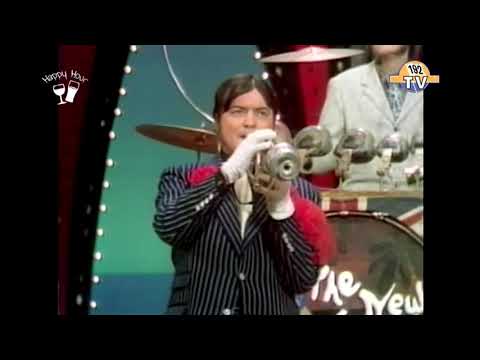
![Baauer - Harlem Shake [Official Audio]](https://listverse.com/wp-content/plugins/wp-youtube-lyte-main/lyteCache.php?origThumbUrl=https%3A%2F%2Fi.ytimg.com%2Fvi%2FqV0LHCHf-pE%2F0.jpg)
